Ewaso Nai’ Beri was the name given to the city of Nairobi by the Maasai, the ethnic group of what is now Kenya and northern Tanzania. Today, the “place of cool waters” is a thriving African capital — with incredible wildlife sites, rich cultural history, and a lively arts and music scene. The Kenyan city is poised to become one of the biggest cultural hotspots in the entire world, and considering Kenya Airways just launched the first direct flight between the US and Nairobi via New York’s JFK, now is the perfect time to go. Here’s how to take it all in.
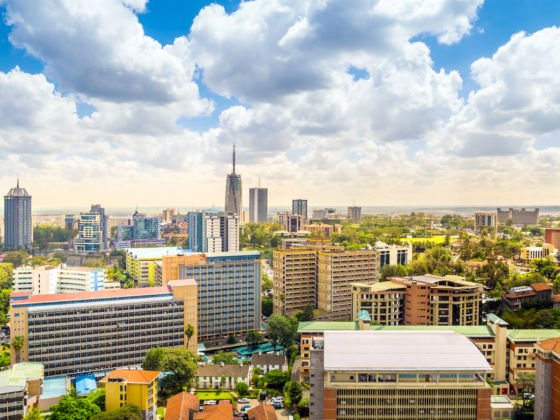

Nairobi Is the Cultural Hotspot You've Never Thought of Visiting
Get up close with nature.
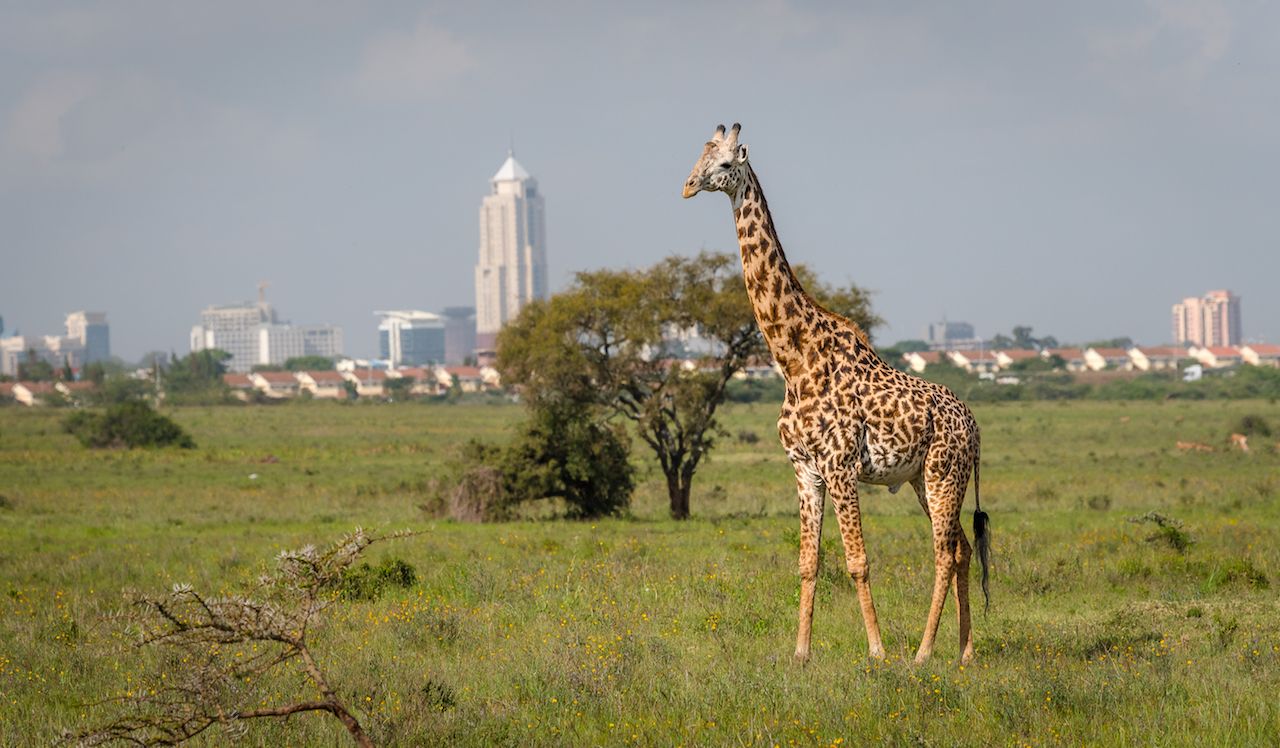
Photo: mbrand85/Shutterstock
With an elevation of nearly 6,000 feet, Nairobi enjoys temperate weather all year, rarely cresting 80-degrees Fahrenheit. It’s a great place to spend time outside, taking in the country’s natural wonders. One of city’s most popular sites is the 44-square-mile Nairobi National Park, which is home to over 400 bird species, a black rhino sanctuary, and an array of wildlife including lions, giraffes, wildebeests, and bison. Have a guide drive you around the park, so you can see as much wildlife as possible.
At the Nairobi Safari Walk, the small park’s raised wooden boardwalk makes for great views of the mammals, insects, reptiles, and birds that inhabit the reserve’s three ecosystems. For even more wildlife, visit the David Sheldrick Wildlife Elephant and Rhino Orphanage, named after a warden who fought ivory poaching in the 1970s. Elephant calves and rhinos cared for here are later introduced into the wild. You can even join Kenya’s elephant conservation efforts through the reserve’s fostering program, through which you adopt an elephant and help finance its care. Evening visits are reserved for foster parents to see how their “elephant babies” are faring.
Visit a forest or two.
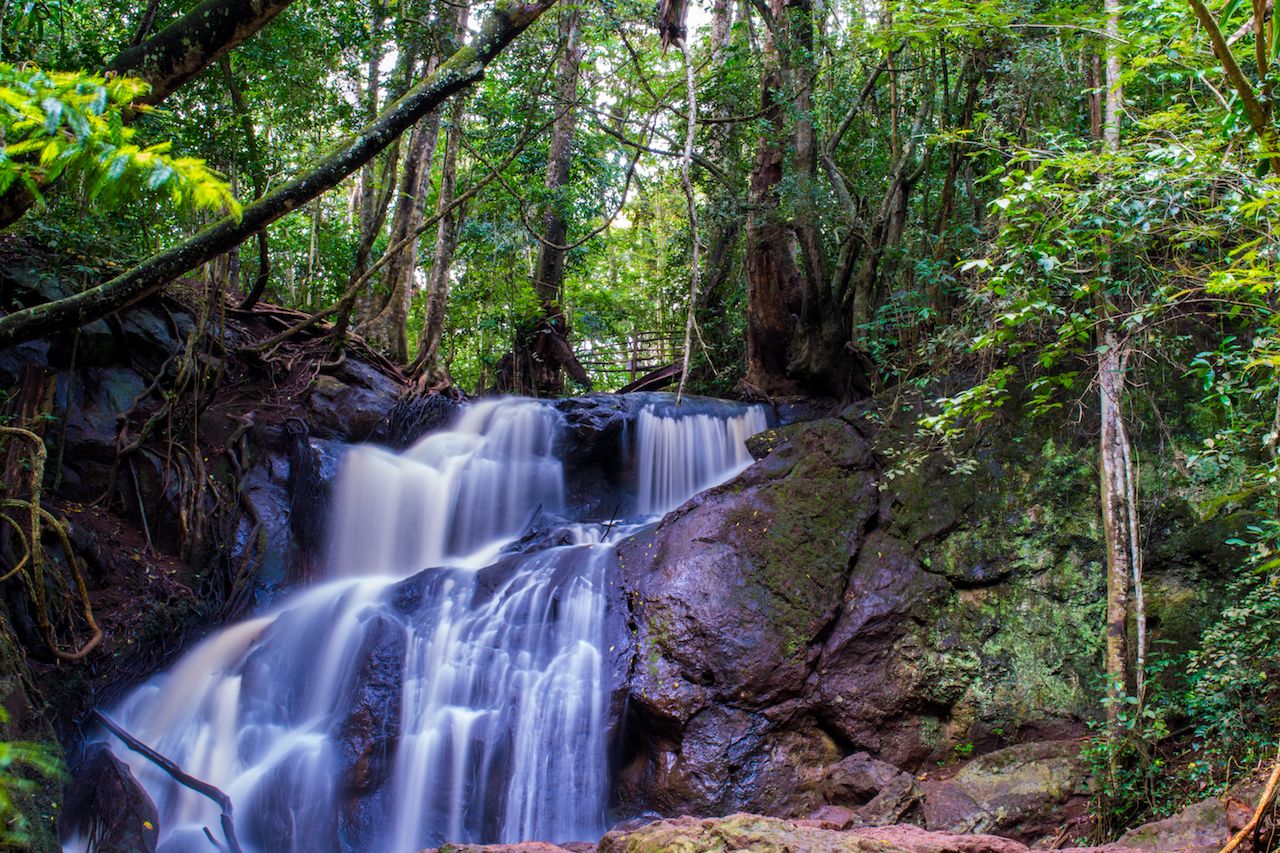
Photo: Andrew Atina/Shutterstock
The massive Karura Forest, one of the world’s largest urban forest reserves, covers about 260 hectares of indigenous trees and another 632 hectares of plantations. You can bird- and butterfly-watch or hike or cycle through the forest’s marked trails — where you can see the MauMau caves in which freedom fighters were based during Kenya’s independence struggle. You’ll also see waterfalls, rivers, and the area of forest that the late Professor Wangari Maathai fought to preserve when she campaigned against the illegal acquisition of forest land.
Another green gem is the Ngong Forest where you can hike, cycle, bird-watch, and picnic. You’ll see wind power generation turbines, part of the area’s clean energy production efforts, and high-altitude hiking and training spaces used by athletes. From the summit of the Ngong hills, you’ll take in panoramic views of Nairobi city and the Great Rift Valley. On the hill, Kompass offers archery or zip-lining along 200-meter steel cables. Before going, contact the Forest Rangers for advice on the best entrance to use based on the activities you’ll pursue and arrange a Kenya Forest Service (KFS) ranger to accompany your party for security.
After your day of nature viewing, stop by The Brew Bistro on Ngong Road. Unwind over a craft beer and or order from the restaurant’s enticing “pan-global” menu.
See Kenya’s traditional and emerging art scenes.
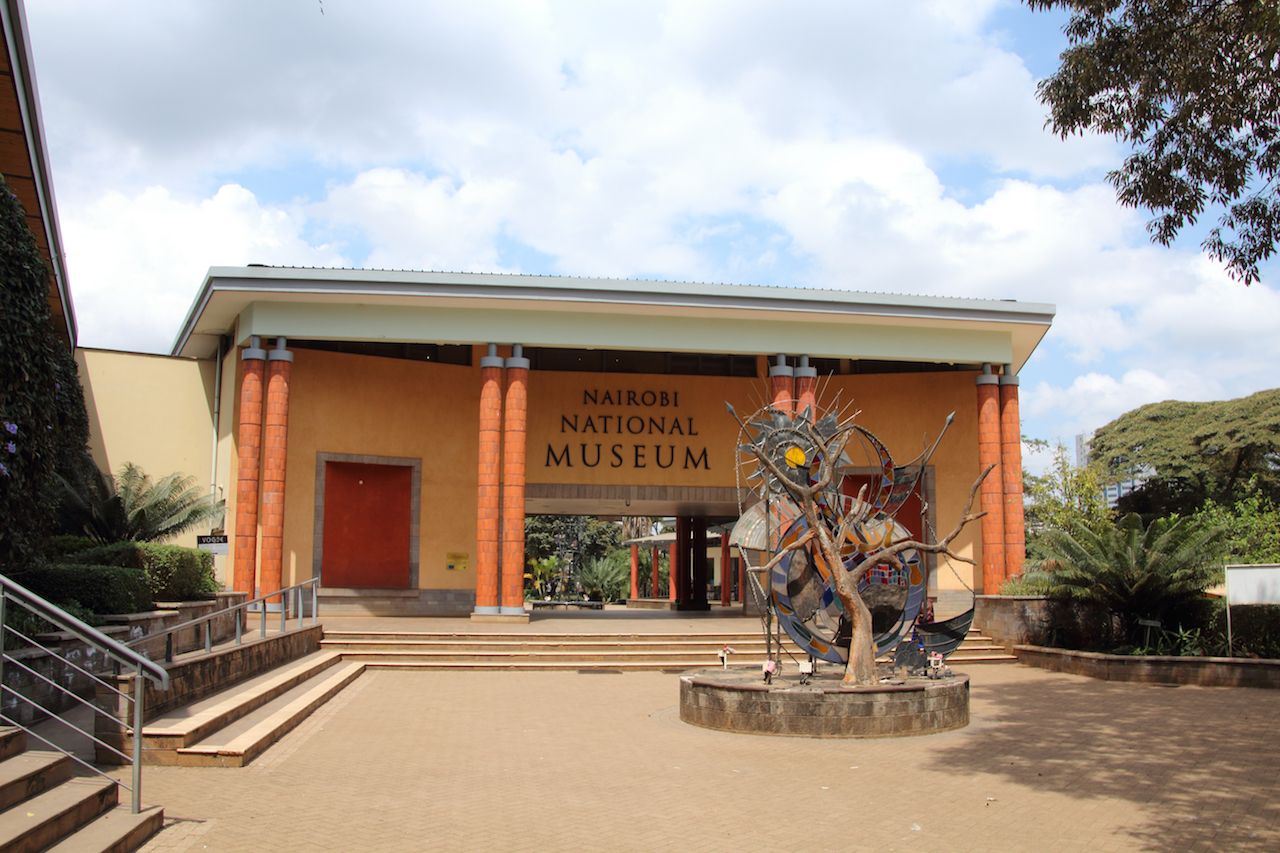
Photo: tourpics_net/Shutterstock
The Nairobi National Museum is a physical collection of Kenya’s heritage with an art gallery, botanical garden, and nature trail leading to the adjacent Nairobi Snake Park. The museum’s exhibits include the ancient remains of early men, founding the cradle of mankind.
From museum hill, stop by the The National Archives, housed in an imposing yellow building that was once the Bank of India. The archives were established in 1965 with a collection of over 40,000 volumes of public records, both written and audio-visual. Photographs, tribal weaponry, and masks from different parts of the continent showcase the diversity of the Kenyan people.
The Nairobi Gallery, located in a 1913 stone structure that was once the Provincial Commissioners’ administrative quarters, houses temporary art displays. To view other contemporary art pieces, head to the Go Down Arts Centre, located in a repurposed warehouse that hosts artists in Nairobi and doubles as an events venue. Other galleries you can visit include Shifteye Studios, located at Priory place, and Artz Gallery at the Village Market.
Pay tribute to Kenya’s fight for independence.
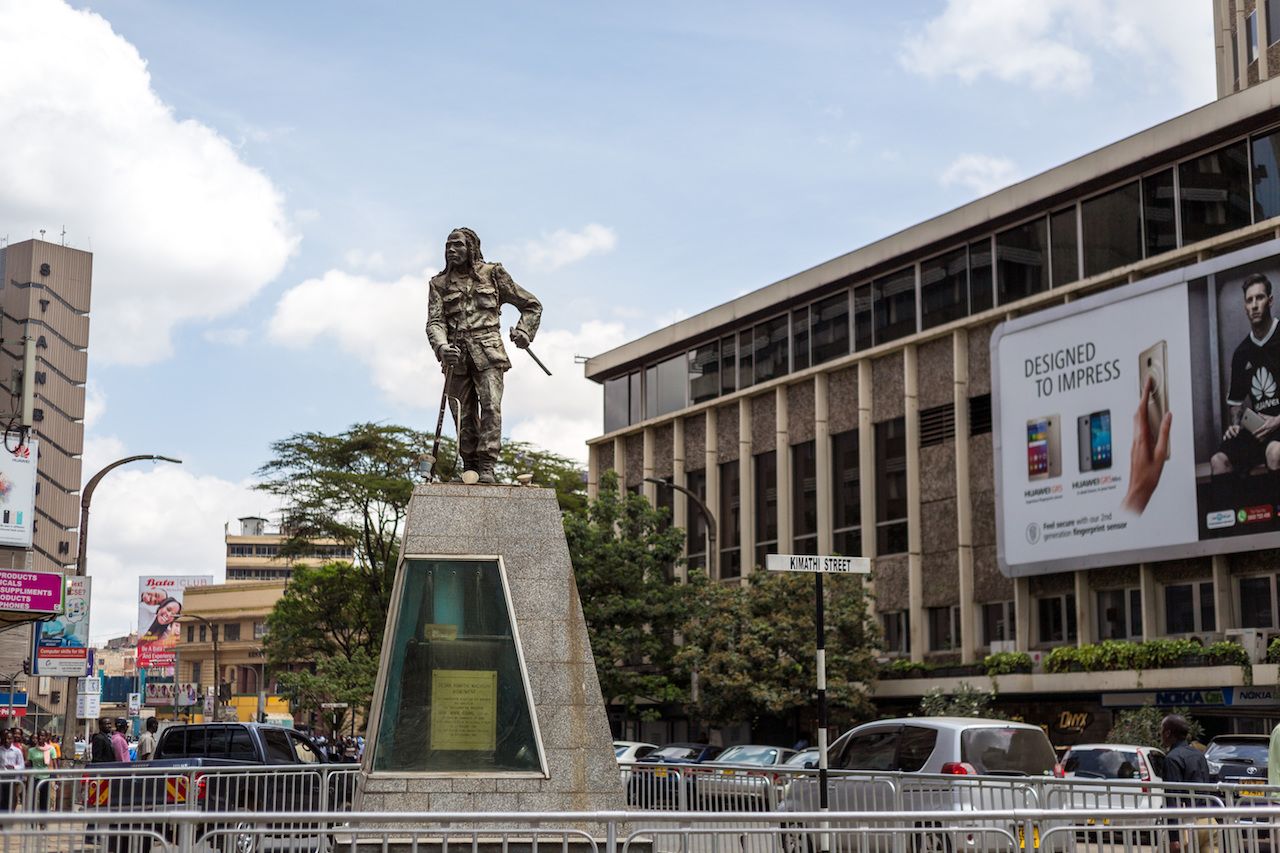
Photo: Sopotnicki/Shutterstock
Outside the National Archives, a tall statue of a young Tom Mboya honors the pan-African trade unionist who founded the Republic of Kenya. In the sculpture, Mboya is clad in the Ghanaian Khente textile that he wore during his 1960 election campaigns. Barack Obama Senior, the father of the former US President, is said to have spoken with him before he was gunned down in 1969 — just a few meters from this very spot.
Not far from the Archives on Kenyatta Avenue is the statue is Dedan Kimathi, one of the leaders of the Mau Mau uprising against British colonial rule who was hung by the colonial administration in 1957. His statue, erected in 2007, replaced the statue of Lord Delamare for whom the street had previously been named. Further down the road, a sculpture of three men in old military uniforms recognizes the efforts of the “native troops” and “our glorious dead” in both World Wars. At the Nairobi War Cemetery and the Uhuru Gardens, these efforts and the struggle for independence have also been immortalized in stone.
Try the local food and craft beer.
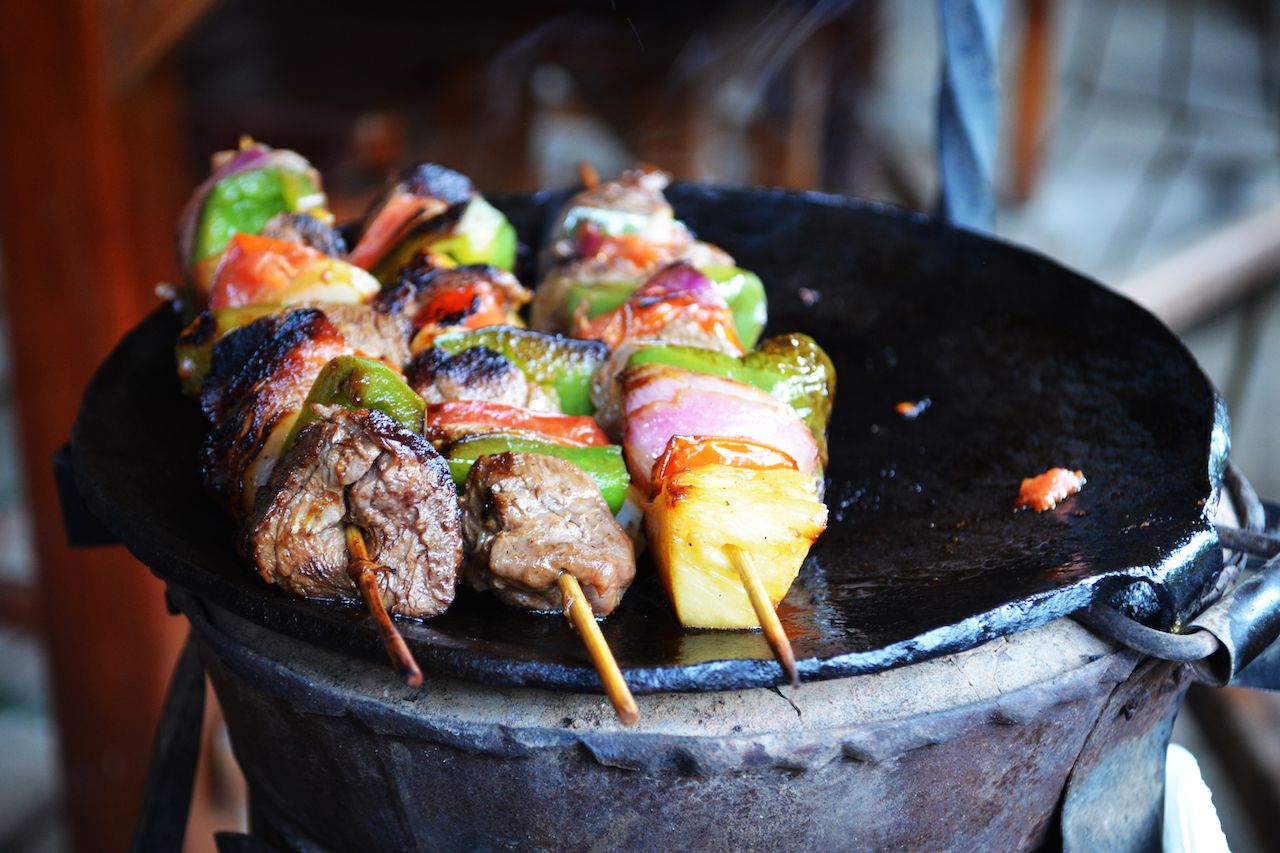
Photo: Adriana Mahdalova/Shutterstock
You could have a quick bite at the Chicken Inn or Pizza Inn, both popular local chains, or try the flame-grilled chicken at Garlitos. For authentic Kenyan dishes, namely grilled meats and rice, along with dishes known as gali and nyama choma, make your way down to Ranalo Dishes, popularly known as K’Osewe, along Kimathi Street. K’Osewe offers a wide range of meals from different parts of the country from Mukimo to Omena, Pilau to Muthokoi. J’s Bar and Kitchen is also a great venue to hang out with a group of friends. Similar in ambiance to the Alchemist, J’s has no vendors within the venue, but you can enjoy your meal while sitting outside around the trees. Lit by hanging lights as the night sets in, the venue also has live bands and hosts events such as the annual October Beer Festival.
For craft beers, head to any of The Big Five Breweries locations. Visit KenyaBuzz to see plays, live bands, open mic nights, film screenings, and other events taking place during your stay. Before leaving Nairobi, be sure to snap a photo of the towering Kenyatta International Convention Centre, a 28-story building built in the 1960s and iconic symbol of Nairobi. Better yet, head to the top for a spectacular vista.
Revel in the vibrant urban nightlife.
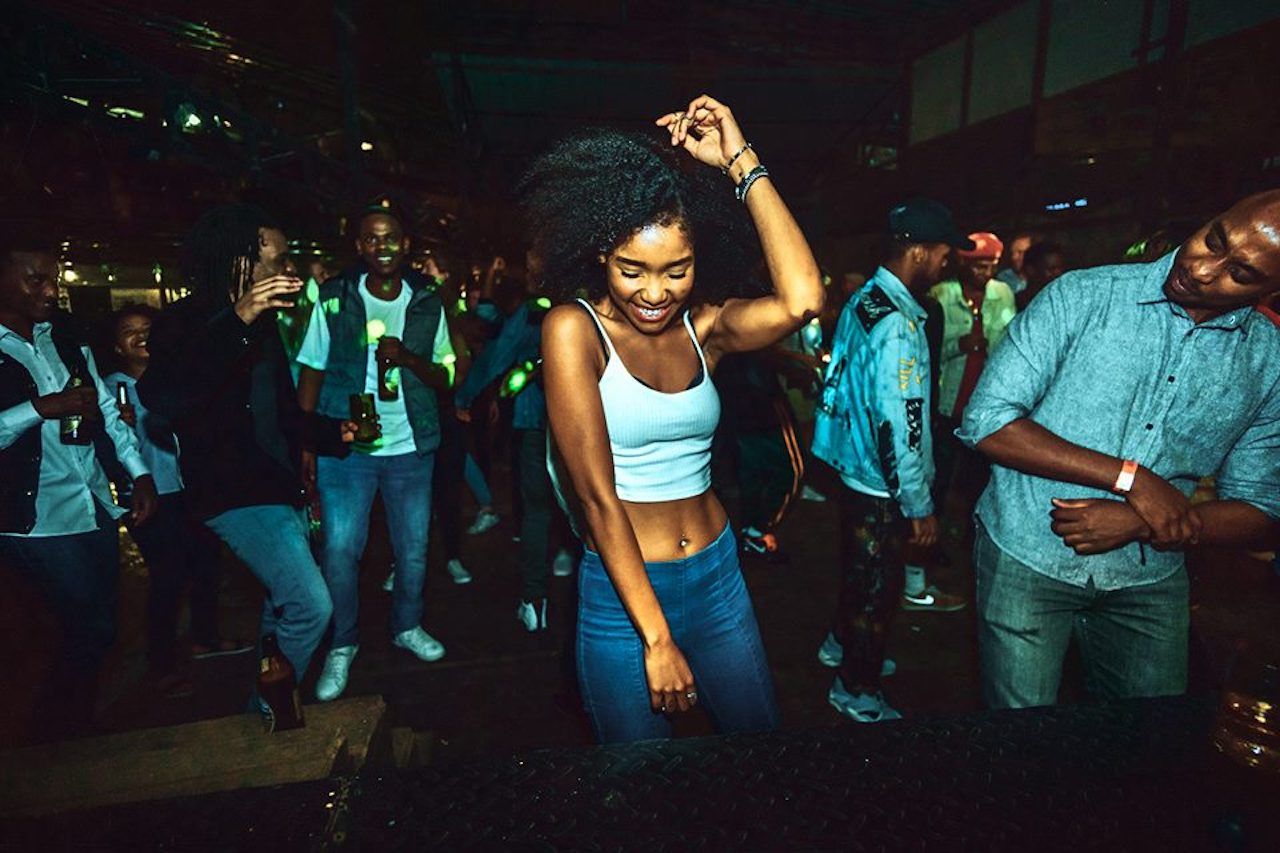
Photo: The Alchemist Bar/Facebook
Any trip to Nairobi should include a visit to an entertainment venue. In Westlands, you can unwind at The Alchemist, where the rustic ambiance has hints of Afro-chic influence. At the street-food bistro of this open-air, creative hub, multiple vendors whip up wraps, smoothies, and grills ranging from $3 to $8. Order some of the city’s best vegan and vegetarian dishes or opt for gourmet burgers from Mama Rocks. This popular spot also hosts international and local DJs, film screenings, and other events — including an open mic night every Wednesday.
At the Alchemist, you can also peruse interesting local designs at MIK Fashion and comic books at WLL Traders. For more shopping, traditional Maasai markets, held during the week at locations throughout the city, feature handcrafted pieces — from jewelry to afro-inspired chess sets, batiks, and handmade bags.
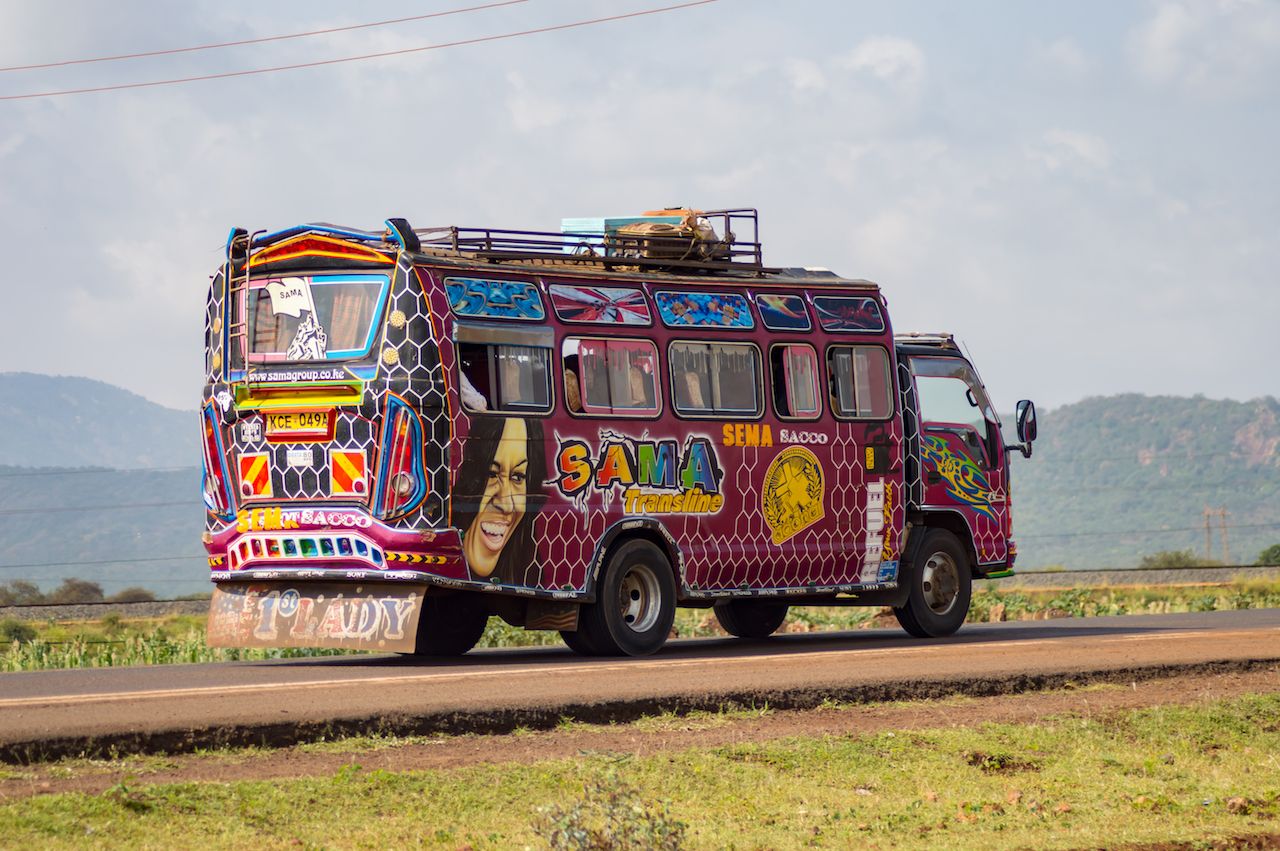
Photo: Philou1000/Shutterstock
To be fully immersed in Nairobi’s hustle and bustle, you need a matatu experience. Matatus are essentially passenger vans that look like art canvases on wheels, introduced as a means of transport in the 1980s and still prevalent — although much more modern — today. Originally, a trip cost 30 cents, from which the name matatu is derived. Many of these vehicles are covered in decorative graffiti and pimped out with flat screens and WiFi. (One place to ride a matatu would be from the city center to the Limuru Road entrance of the Kararu Forest.)